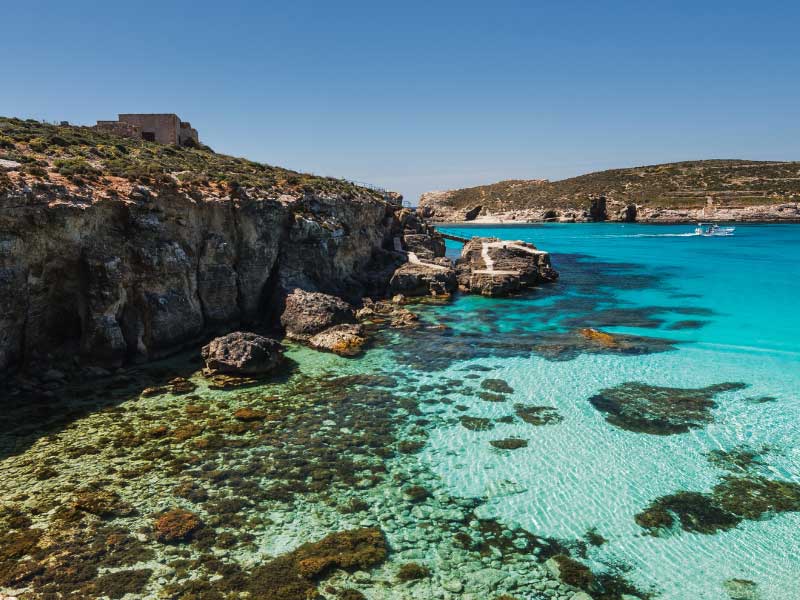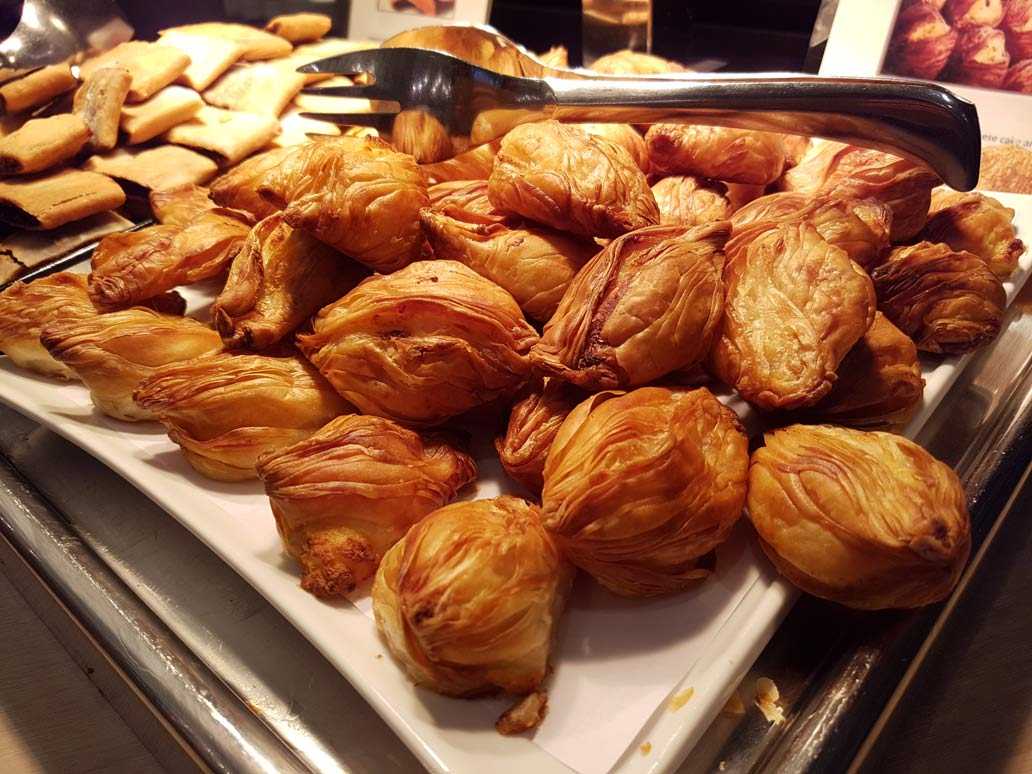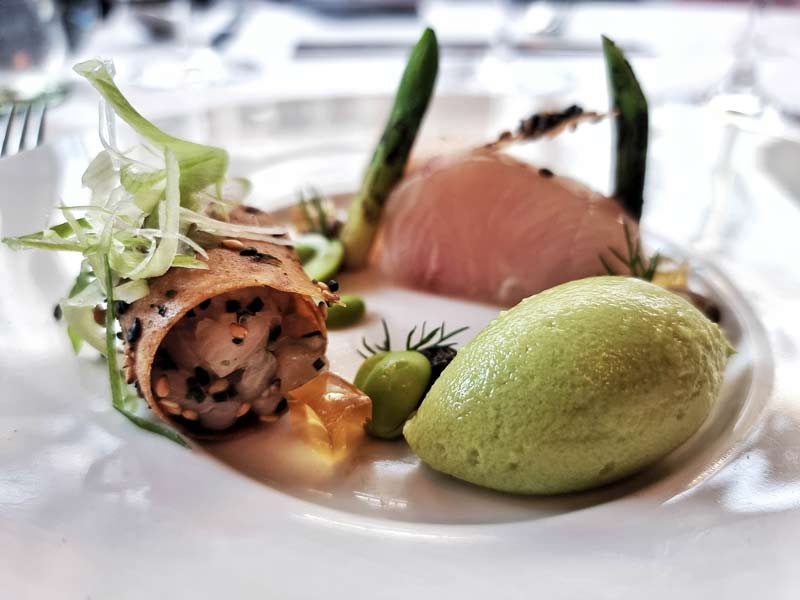The archipelago of Malta is located on the Mediterranean Sea and comprises the islands of Malta, Gozo and Comino. Its strategic location 80km south of Italy and 284km east of Tunisia, it’s one of the most beautiful tourist destinations in Europe. The country has a remarkable heritage and many travellers agree that it’s an open air museum with bewildering monuments, marine sanctuaries, caves and beaches.
The top-rated Malta tourist attractions include Valletta, one of the most beautiful capitals in Europe, the Silent City of Mdina and the megalithic temples of Mnajdra.
With so much to see and enjoy, you’ll probably need to allocate more than a week to visit each of Malta’s tourist attractions, learn its culture and get to know its polite and warm people. And with so many amazing coworking spaces in Malta, you can choose to explore the country at a very slow pace, whilst working remotely.
A car is an effective way to get around Malta and Gozo, especially to move from one city to the other and from one touristic attractions to another. Drivers should bear in mind that they drive on the left as in the UK and that driving on the island can be a bit chaotic due to the traffic jams and narrow streets. If you rent a car, you’re advised to have full insurance on your rental.
Highlights of the Best Things to do in Malta:
- Visit Valletta
- Explore the megalithic temples
- Get lost on the streets of Mdina
- Explore the Three Cities
Malta Tourist Attractions Map:
Visit Valletta, Malta’s Sophisticated Capital City

Valletta is Malta’s elegant capital city and the starting point of your tour around the country. It’s an important European port city that is bounded by two harbours: the Grand Harbour and the Marsamxett Harbour.
It was originally a fortress city in the 1500s established by the Knights of St. John and it’s also rich in ancient architecture, good restaurants and little quaint bars tucked away in the narrow streets. It’s a small, stunning city with a distinctive Baroque personality.
This UNESCO World Heritage Site is known for its museums, palaces and grand churches such as St John’s Co-Cathedral and it is the number one tourist attraction in Malta.
One of the best ways to explore Valletta is to get lost on its narrow and steep alleys. Republic Street is the main shopping road, with a pedestrianised stretch running to the Fort of St Elmo. Despite being one of the smallest cities in Europe, it’s definitely worth exploring. There are 320 monuments here, elaborate architecture and sloping streets with shallow steps. Joining a boat trip in the port of Valletta is also a great way to appreciate the city from a totally different perspective.
Amongst the most popular attractions you can’t miss are: the Grandmaster’s Palace, the Palace Armoury, St John’s Co-Cathedral, the National Museum of Archaeology, the National Museum of Fine Arts or Fort St. Elmo amongst others.
Valetta is also home to some great restaurants where you can taste the traditional Maltese cuisine.
St. John’s Co-Cathedral

St John’s Co-Cathedral was one of the first churches dedicated to St John the Baptist in 1244. It was originally built in the Maltese style; construction started in 1577 and finished in 1589. It’s called “Co-Cathedral” because of the presence of the Diocese of Malta and Gozo in the church.
It’s definitely one of the must-see attractions in Valletta and one of the best examples of Baroque architecture. It was built by the Knights of Malta and visitors shouldn’t be deceived by the simple and unassuming external facade: it features some of the most jaw-dropping interior decorations and wall frescoes in Europe, painted by renowned mediaeval artists such as Caravaggio.
The opulence and grandeur of the church is absolutely mesmerising with its delicate marble floor, gold-gilded decorations and fantastic altar. There’s also an in-house museum that showcases sacred silk vestments of saints, Flemish tapestries, vintage choral books and other treasured artworks.
There are seven chapels allocated within the cathedral and they are dedicated to eight different saints. The nave is long and low and every wall and pillar is encrusted with beautiful decorations.
Its golden ceiling with fantastic paintings is the first thing you see when you enter and don’t forget to climb the stairs just before the exit. From the balcony you get a wonderful panoramic view of Valletta from up there.
The Grand Harbour

The Grand Harbour is one of the world’s largest natural ports. Admire its fortifications and the monstrous ships and cruise liners entering or leaving the port. Considered one of the greatest geographical assets of the country, it’s another must-do thing while in Valletta.
This wide stretch of water separating Valletta from the Three Cities has been used as a harbour for over 2000 years, since at least the Phoenician times. To say that it’s impressive is not an accurate way to describe it.
Fort St Elmo and the National War Museum
Fort St Elmo stands on the shore of the Sciberras Peninsula that divides Marsamxett Harbour from the Grand Harbour and commands the entrances to both of them along with Fort Tigné and Fort Ricasoli. It’s a major historic landmark in Valletta, especially because of its role in the Great Siege of Malta in 1565.
It’s home to the National War Museum, which exhibits a superb collection of artefacts that narrate the military history of Malta from the early phases of the Bronze Age to Malta’s EU Accession in 2004. The three most important items on display are the Gloster Sea Gladiator N5520 FAITH, Roosevelt’s Jeep “Husky” and Malta’s award for gallantry, the George Cross. The museum showcases splendid audiovisual displays that illustrate aspects of WWII and other major wars.
You can also visit the parade ground and the 1559 chapel where Knights fought to death during the siege trying to protect the altar, as well as the later 1729 church.
Relax at the Upper Barrakka Gardens

The Upper Barrakka Gardens are a public garden in Valletta and, together with the Lower Barrakka Gardens, they are a great place to admire panoramic views of the Grand Harbour.
The gardens are located on the upper tier of St Peter & Paul Bastion which was built in the 1560s. The bastion’s lower tier contains the Saluting Battery, where cannons were used to fire salutes to visiting naval vessels. The gardens were originally used by the Knights of the Order of St John for recreation.
The Upper Barrakka Gardens are colonnaded and provide a shaded retreat from the buzz of the city. The balcony has one of the best views in town. Not only the Grand Harbour can be appreciated from up there; Malta’s famous Three Cities can be seen. They are open to the public and there are beautiful paths decorated with statues that depict significant events in Maltese history.
Visit the Grand Master’s Palace

Don’t let the stern exterior of the XVI-century Grand Master’s Palace deceit you; it conceals a sumptuous interior. It used to be the residence of the Grand Masters of the Knights of St John and, from Malta’s independence until 2015 it was the seat of Malta’s parliament.
There’s an interesting collection of armours from the XVI to XVIII centuries. Some of the most interesting pieces on display are the breastplate worn by a Valette, the beautifully damascened suit made for Alof de Wignacourt, the captured Turkish Sipahi armour,and reinforced armour with bullet marks. Visitors can also admire some beautiful weapons including swords, pistols, muskets and crossbows.
In the State Apartments, five rooms are usually open to the public. The Grand Master’s Palace remains the official residence of the Maltese president, so some rooms are occasionally closed. Beyond visitors can see the State Dining Room and the Supreme Council Hall where the Supreme Council of Order met. It is decorated with a frieze showing events from the Great Siege of 1565. At the far end of the hall a door gives access to the Hall of the Ambassadors, where the Grand Master would receive important visitors and where the Prime Minister now receives foreign envoys.
The Grand Master’s Palace is one of the must-sees in Valletta. It’s located right in the centre of the city and it’s a beautiful place to visit.
Experience Mdina, the Mediaeval Hill Town of Malta

Mdina was the last capital of Malta and it’s mostly related to the Knights of Malta. Known as the “City of Gates”, its massive fortified walls are littered with mediaeval structures. There are three entryways to this Citadel: the northern gate, Santa Anna Gate and the Blata Gate. It’s a small walled city in the SE of the island of Malta. Founded in around 5200 BC, it was the capital of Malta for centuries and one of the main pillars of Christianity in the Mediterranean.
The Mdina was abandoned during the XV century and it was rediscovered by the Order of St John. They restored it and set it up as a model of mediaeval living. This highlight in Malta, is a wonderful world of car-free streets and beautiful, old sandstone structures. It’s Malta’s former capital and it sits on a promontory in the middle of the island. It dominates the skyline with its church domes and thick-walled bastions.
Once inside the Mdina, you can’t miss the Basilica of Saint Paul, a remarkable Baroque structure that stands out with its marble columns, opulent details, splendid dome and beautiful ceiling paints. If interested, you can also check out St. Paul’s Catacombs, a Roman burial complex and museum that houses lots of historical artefacts.
If you’d like to experience the former splendour of this citadel, don’t miss the Palazzo Vilhena, a stately palace that houses the Natural History Museum. You can also visit the Mdina Dungeons, located in the former prisons, the Palazzo Falson and the Roman Villa.
Strolling the maze-like alleys of the Silent City is one the most beautiful things that you can do here. The place is so small that you can’t get lost no matter how much you explore! Mdina was, and still is, home to noble Maltese families. Come and visit Mdina, an immaculate town with a charming peaceful atmosphere.
Explore The Three Cities

Just opposite the Grand Harbour lie The Three Cities: Vittoriosa, Cospicua and Senglea. They are fortified cities built by the Knights of St John in the XVI century and surprise visitors with historical sights and a glimpse of authentic Maltese life.
Despite being older than Valletta and having been heavily bombarded during WWII, they’ve retained most of their original look and feel. They were originally surrounded by a fortification built by the Knights of St John and today they provide a picturesque backdrop to the Grand Harbour.
Hagar Qim & Mnajdra Temples

Hagar Qim and Mnajdra temples are the world’s first historic temples and they can be found in Malta. This double temple was built around 3500 BC and they have survived the ravages of time, the erosion caused by saltwater and the extreme weather conditions. The complex remains intact with several inscriptions on the walls that verify its great age. Mnajdra is the smaller and older of the two. It retains the platform of its most important temples which have disappeared over time. Visiting the Mnajdra temple complex is one the unique things to do in Malta, as you won’t find anything similar looking anywhere else in the world.
Mnajdra is a megalithic temple complex located on the southern coast of Malta and it’s located around 500 m from the Hagar Qim megalithic complex and they are considered unique architectural masterpieces by UNESCO. Its rocky facades are etched in coralline limestone. Mnajdra also provides enlightening astronomical observations via the careful alignment of its structures. The south temple is characterised by peculiar illumination on major solstices as light passes through the doorways whie the doorway is shrouded in miraculous luminescence during equinoxes.
Hagar Qim & Mnajdra are now covered with permanent tents to protect them from the elements. There’s also an informative hands-on visitor centre to explain the background to the structures and a children’s room where kids can build a temple out of blocks.
Admire the Unique Prehistoric Tarxien Temples

Dating from 3600 to 2500 BC, the Tarxien Temples are the most complex of all temple sites in Malta and consist of four megalithic temples. The temples are famous for their detailed carvings, altars and screens decorated with spiral designs and other patterns.
This UNESCO World Heritage Site is the biggest and best preserved ancient cult site in Malta and it includes four megalithic structures.It covers 5400 sq metres. The South Holy place is particularly attractive with its collection of art that includes reliefs that illustrate pigs, bulls, goats and a ram. There’s also a distinct statue of a fertility goddess with robust legs, small feet and a pleated skirt. The East Temple is constructed from sturdy slab walls with identifiable oracle holes and the Central Temple includes a six-apse architectural plan and has a curved roof that reveals sophisticated building methods.
Located close to the Hal Saflieni Hypogeum, both sites can be visited on the same day.
Enjoy the Hal Saflieni Hypogeum
The Hal Saflieni Hypogeum is Malta’s most ancient surviving prehistoric underground temple. It consists of various chambers and air ducts and it was built around 3500 BC and it served as a burial place for the dead and a complex of catacombs where prehistoric men executed spiritual routines and consulted oracles.
It’s a remarkable site mostly because of its fantastic state of conservation, including beautiful carvings and paintings in red ochre. The site is open to the public for scheduled tours and only 10 people can visit it every hour. A few of the artefacts discovered here are now displayed at the National Gallery of Archaeology in Valletta: stone figures of birds, an uncommon primitive object that illustrates a lady resting on a sofa known as The Sleeping Girl and one-of-a-kind clay sculptures.
Visiting this complex offers a unique opportunity to have an insight of prehistoric times in Malta. Listed as a UNESCO World Heritage Site, it’s another interesting and unique thing to do in Malta.
Q&A:
What is Malta famous for?
Malta is a great winter sun destination, famous for its crystal clear waters, the oldest temples in the world, its rich history and delicious food.
Are there any places to avoid in Malta?
I found Malta to be a very safe country. I wouldn’t say there are places to avoid, but, as in any other destination, make sure you are sensible and don’t flash out your belongings.
What should tourists see in Malta?
You shouldn’t miss Valetta, the capital of Malta, the Silent City of Mdina and the fishing village of Marsaxlokk. If you are interested in history, you must visit at least one of the Megalithic temples in Malta and Gozo.
What are other things to do in Malta for couples?
Malta offers a lot of things to do for couples. Valetta can be very romantic at night. Also, there are plenty of great romantic restaurants on the island, where you can have a special time with your loved on. Check out my review of the Oceana Restaurant here, as an example.
Are there any things to do in Malta during covid?
Always check the local restrictions before you plan a trip to Malta. Things can change without much notice.
Where to stay in Malta?
I stayed at the Hilton, in Paceville. I highly recommend this hotel – you can check my review here.
Like it? Pin it!

Disclaimer: Some of the links on this website are “affiliate links.” This means that if you click on the link and do a purchase, I will receive an affiliate commission at no extra cost for you. This helps me keep my website running and continue to share my travelling knowledge with you. I thank you for booking your flights or hotels using the links on my website. Regardless, I only recommend products or services I use personally and believe will add value to my readers.
Please note that this article is a collaboration and has been written by a guest author.






Wow, what a beautiful city! I just love the architecture .
Malta looks incredible! Would love to make it one day!